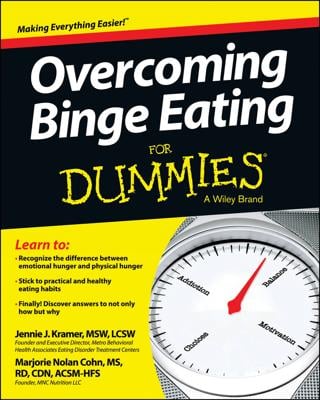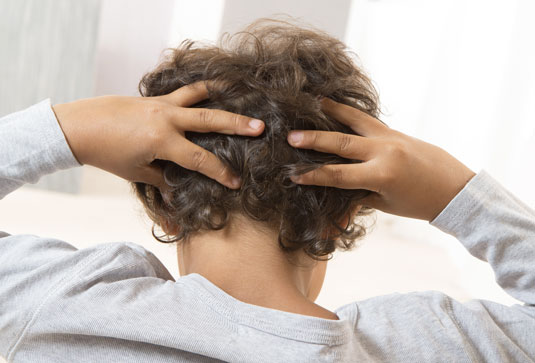Follow these five easy steps to get rid of lice once and for all.
- Determine the type of lice that have targeted you, your home, or your pets.
- Choose a treatment that will be most effective.
- Wash all linens and clothing during the lice extermination period.
- Avoid cross contamination of lice-infested areas and vacuum thoroughly.
- Apply a second wave of treatment and repeat Steps 3 and 4 as needed.
Keep in mind infestations are most common in areas where people or pets are in close contact with each other. For example: kennels, schoolyards, and offices.
Clearly you and members of your household can't avoid all areas where an infestation can occur, but it isn't the end of the world either. On average as many as 12 million people are infected with lice worldwide every year and cleanliness has nothing to do with whom the lice decide to target.Types of lice that affect people
Only three types of lice affect humans directly: body lice, head lice, and pubic lice.- Body lice — similar in shape to head lice, body lice live in and cement their eggs in the seams of clothing, they feed less often than other lice, and are generally larger in size.
- Head lice — located primarily on the head/scalp, they cement their eggs, also known as nits, to the hair shafts and feed on blood at the base of the hair follicle.
- Pubic lice — distinctly different from head and body lice, pubic lice are typically only found in the pubic and perianal areas of the body. Sometimes found in eyebrows and eyelashes, pubic lice, also known as crab lice, are shaped just like their title suggests — small crabs.
Don't be alarmed. While all lice need blood to survive, they can feed only on the blood of their host species. This means if one of your pets is infected with lice, it will not transfer to you or any other member of your household.
Lice treatment
Once you have determined the type of lice that need eradicated from your environment, you are ready to choose the method of treatment that will work best for your situation.
Getting rid of body lice
Removing body lice from your home is easy because body lice don't actually live on the body but on clothing and fabrics.- Shower regularly and thoroughly with soap and water.
- Apply lotions or creams to help with itch.
- Throw away infested clothing.
Because body louse eggs survive one month and are laid in the seams and cracks of fabrics, some fabrics may need cleaned several times or simply thrown in the trash. When in doubt, throw it out!
If you are experiencing symptoms of body lice but have not found any louse or nits in the seams of any of your clothing, then Streptomyces scabies might be the culprit. Contact your physician for further advice or assistance.Streptomyces scabies, also known as just plain scabies, is a microscopic skin mite that will invade your skin by burrowing and laying its eggs under several layers of your epidermis. Symptoms of lice and scabies are so similar that often a misdiagnosis can occur.
Getting rid of head lice
Although chemicals and medicated soaps or ointments are the most effective way to treat an outbreak, you can combat lice and their nits naturally. Removing head lice can be done in many ways and is usually most effective if you combine several of the following methods:- Use a shampoo with pediculicide.
- Use ointment or mouse containing piperonyl butoxite.
- Remove lice and nits with a nit comb.
- Try an oil treatment (usually coconut oil.)
- Use apple cider vinegar in conjunction with the nit comb.
- Apply essential oils.
- Consider hair removal.
Always apply medications according to the instructions on the tube or bottle.
If you experience symptoms of head lice, but no lice or nits are present, then Trombiculidae chiggers may be the culprit. Contact your physician for further advice or assistance.Chiggers, like scabies, are small mites that specifically target the scalp regions of their victims. These mites don't burrow but instead inject enzymes to damage human tissue. The larvae then feed on the damaged tissue. The damaged tissues also harden around the injection area creating a feeding tube for easy access to food.
Getting rid of pubic lice
Pubic lice or crab lice is typically transferred from one person to another via sexual contact. Besides the genital area, crab lice can live in other areas of the body with coarse hair — for example: eyebrows, ears, and armpits — and can be contracted from these areas but this occurrence is less common. Removing crab lice is nearly the same process as removing head lice:- Remove the lice and nits with a nit comb.
- Apply medicated shampoos and ointments.
- Shave or wax affected areas.
- Try an oil, vinegar, or salt treatment.
Only use Lindane shampoo as a last resort. Lindane shampoo contains pesticides that act as a nerve agent. If you leave the shampoo in your hair for more than 4 minutes, more lindane may absorb into your skin than recommended. Studies have linked lindane to strokes, seizures, and other nerve damage.
If you experience itching and burning associated with crab lice but do not see any of the lice or nits, then you may have a more serious sexually transmitted disease (STD.) Contact your physician for further advice or assistance.Getting rid of pet lice
It's no big surprise that getting rid of pet lice is a similar process:- Purchase over-the-counter lice medications like shampoos and ointments.
- Use a collar treated to kill lice.
- Try rubbing coconut or essential oils into your pet's fur.
- Bathe your pets regularly.
- Trim or shave your pet's hair.
- Comb your pet's fur thoroughly with a fine-toothed comb.
While you are treating the infected pet, if at all possible, leave them outside. This will ensure that when the treatment is finished, they will not recontaminate themselves from eggs left in the house.
Take your pet to the veterinarian if the lice do not go away after you've tried treatment.Lice cleanup
With all lice outbreaks, it is important that you wash all fabrics with which the infected person or pet came into contact. Because lice like to lay eggs pretty hastily, multiple outbreaks are possible if you aren't vigilant about removing them quickly and completely.- Vacuum your whole house thoroughly and use a steam cleaner if possible.
- When cleaning fabrics like linens, bedding, clothing, and curtains, use the hottest water your washing machine can output combined with a harsh detergent like color-safe bleach.
- Use spray disinfectants on fabrics you can't clean and inspect for eggs or signs of life.


